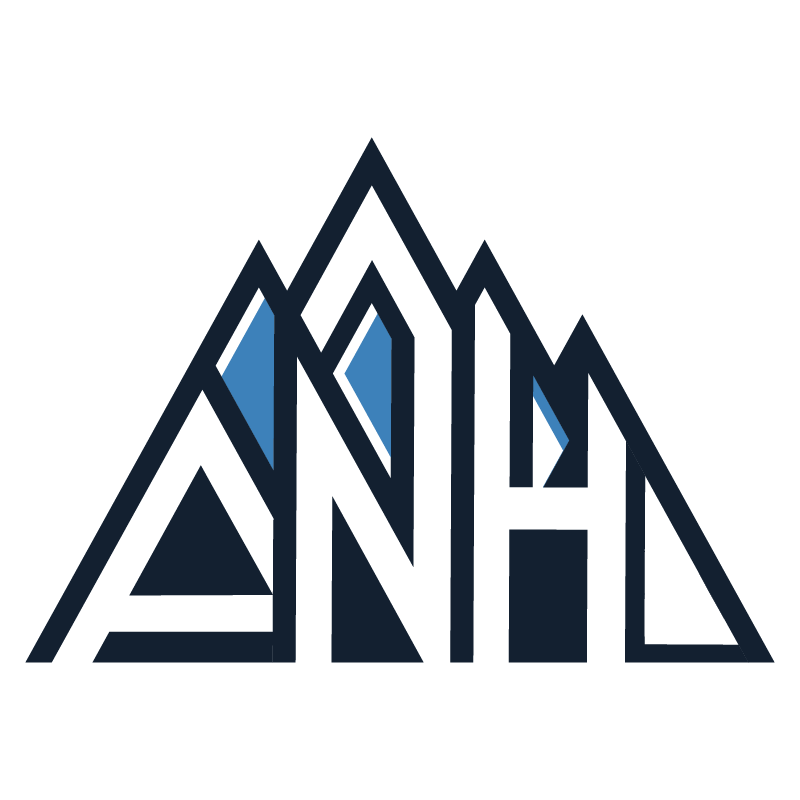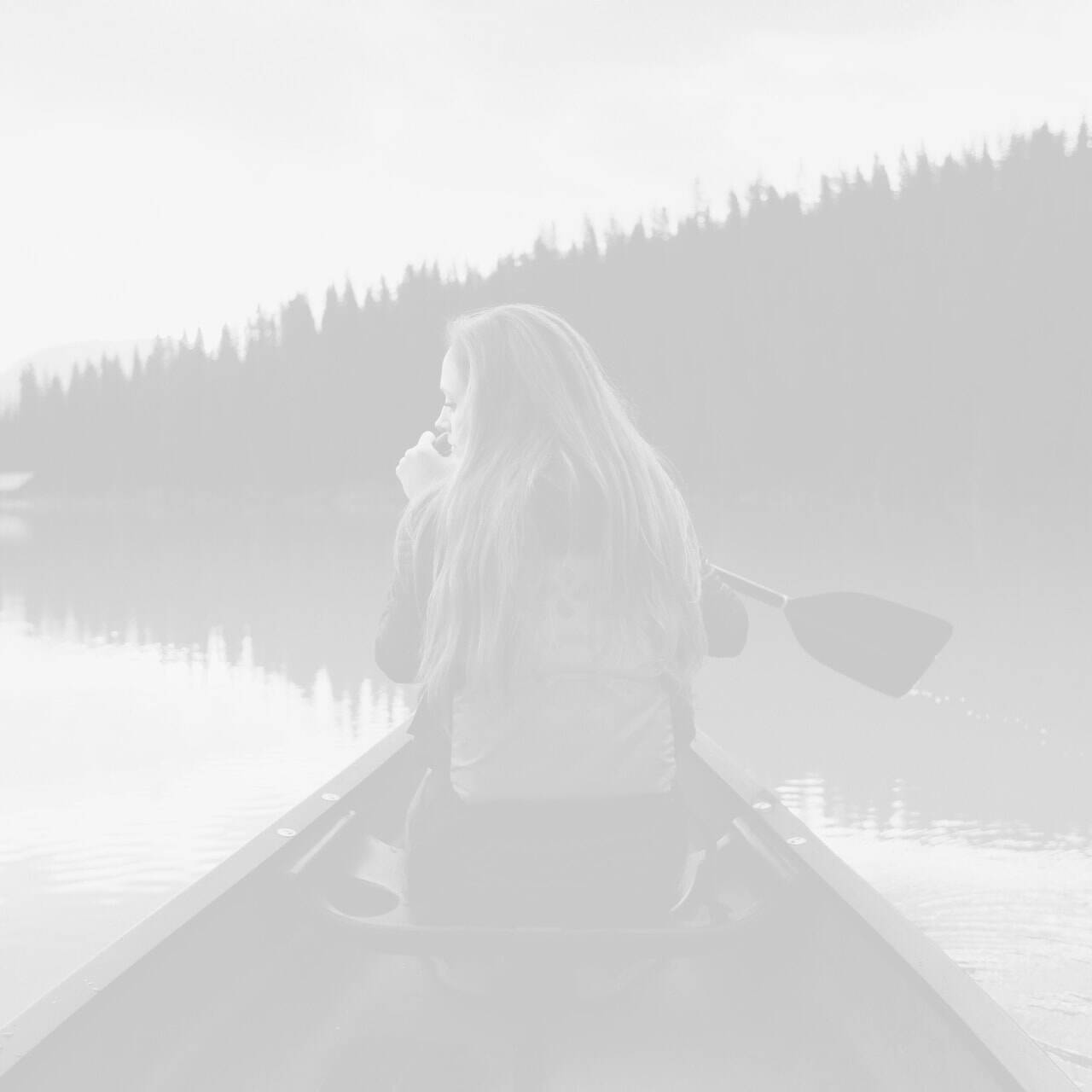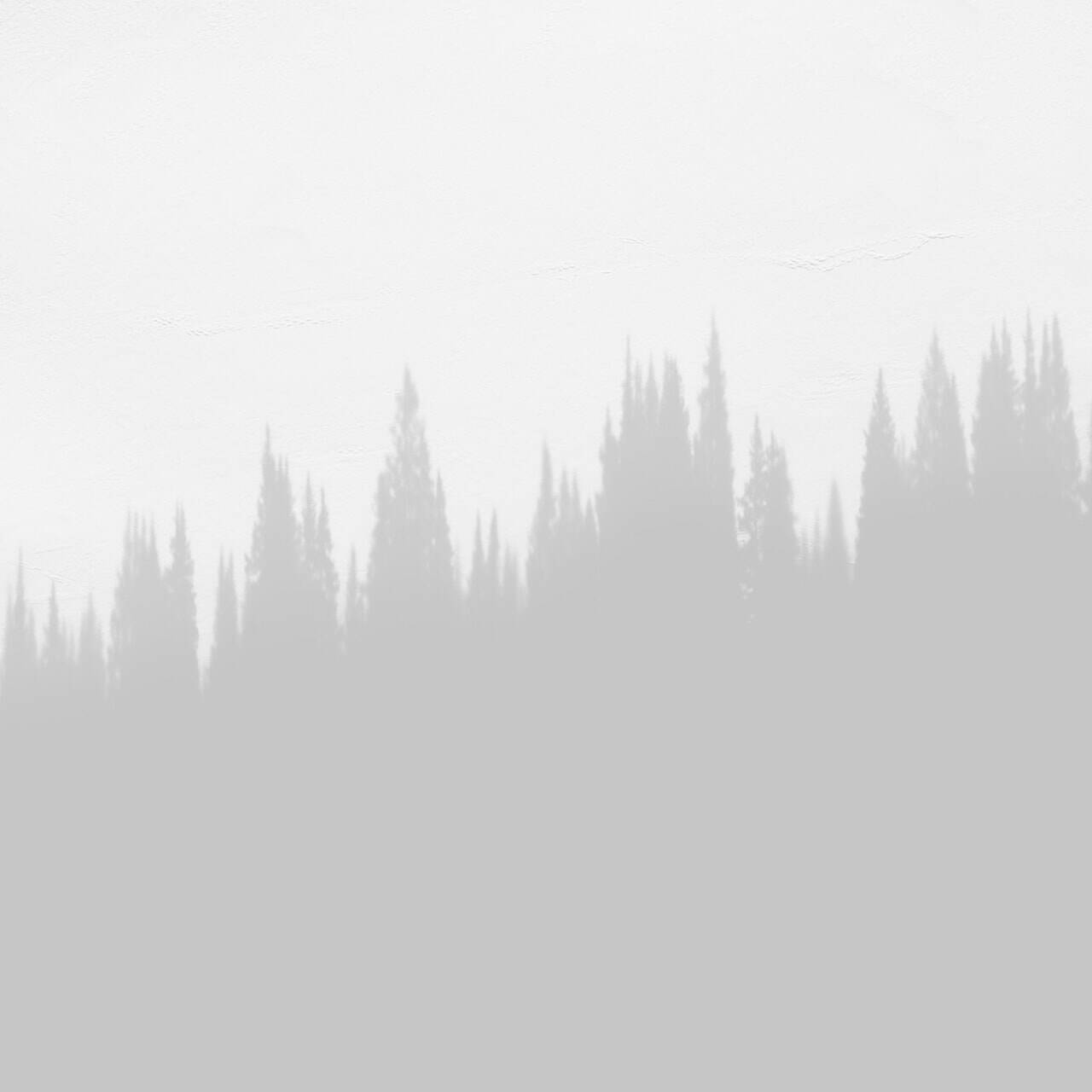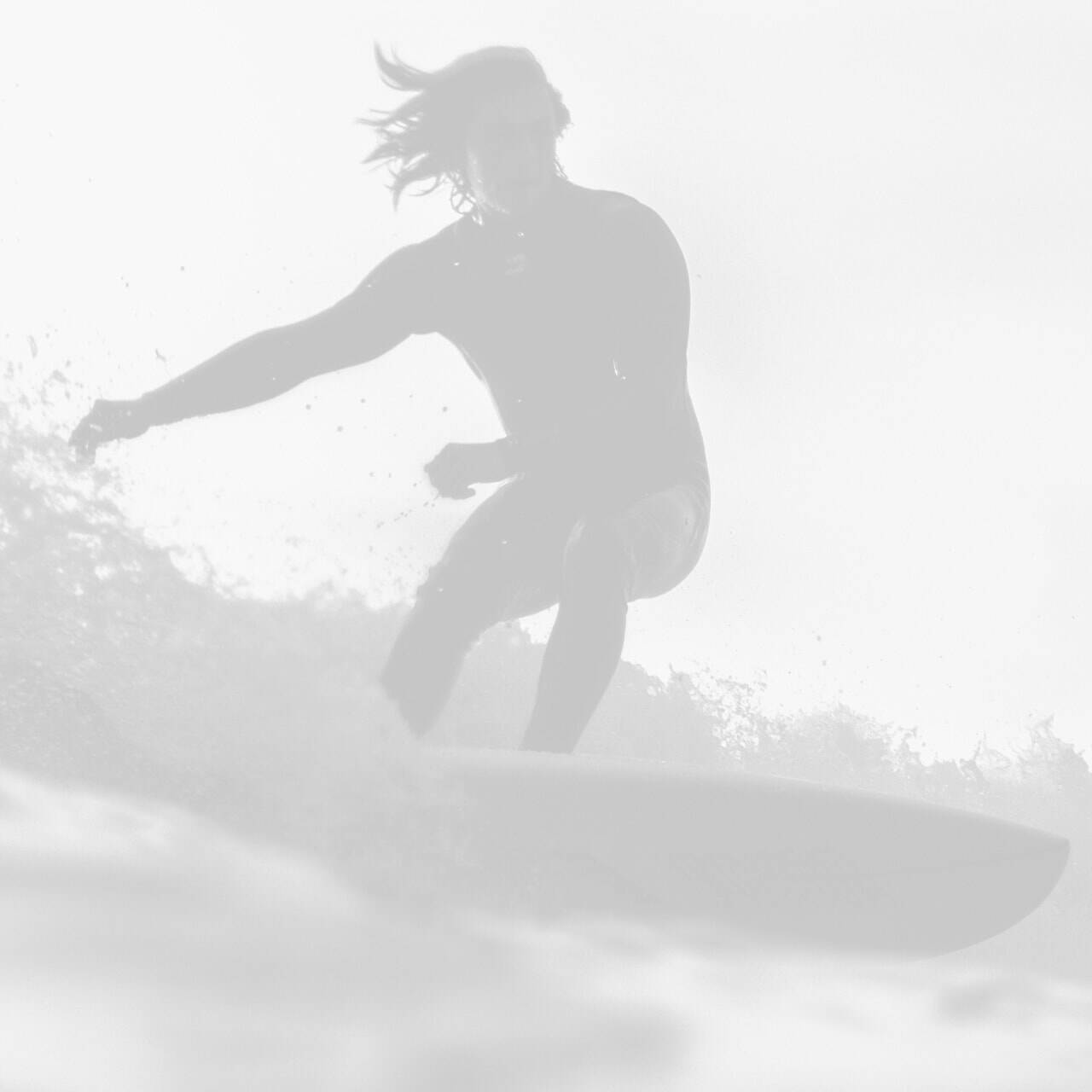Mt. Everest North Expedition
Everest is the highest mountain in the world at an elevation of 8848.86 meters above sea level. It lies on the Nepal-China border in the Solukhumbu district. Nepal shares the southwest face of Everest while the north and east faces are in Tibet, China. Everest is surrounded by high mountains such as Lhotse, Pumori, Nuptse, Lho La, Sartse, Changtse, and so on.
Everest is the highest mountain in the world at an elevation of 8848.86 meters above sea level. It lies on the Nepal-China border in the Solukhumbu district. Nepal shares the southwest face of Everest while the north and east faces are in Tibet, China. Everest is surrounded by high mountains such as Lhotse, Pumori, Nuptse, Lho La, Sartse, Changtse, and so on.
Climbing Everest requires a good deal of high-altitude climbing experience. This is why most Everest expeditions start with smaller peaks of 6000, 7000, and even other 8000-meter peaks. There have been approximate ~10,000+ summits from Nepal and China combined.
Everest was summited for the first time in 1953 May 29 by Tenzing Norgay and Edmund Hillary as part of a British expedition. There have been multiple records and also a few tragedies on Everest. The Everest expedition passes through the Khumbu region which incorporates some of the highest settlements in the world. The trek up to Everest base camp is an exciting experience, moving through the natural and cultural wonders.
Detailed Itinerary
01
Arrive Kathmandu – 1350m
Upon your arrival in the Tribhuvan international airport, our representative will welcome you and will assist to transfer you to your hotel in Kathmandu. You may relax at your hotel or go around for shopping. In the evening we will organize welcome dinner for you in one of the typical Nepalese restaurants in the heart Kathmandu meanwhile briefing about your adventurous trip will take place. Overnight at hotel.
02-03
Rest in Kathmandu
Sightseeing and Preparation for Everest Expedition. While the leader attends a formal briefing in the Ministry of Tourism, you will explore the fascinating city of Kathmandu. You will visit famous Stupa, Boudhnath and the popular Hindu pilgrimage site, Pashupatinath Temple. In the late afternoon, the leader will check everyone’s equipment, as Kathmandu is the last opportunity to buy anything missing. You will also get introduced to fellow expedition members and guides. Overnight at hotel.
04
Fly to Lhasa, Tibet – 3656m
We take an early flight to Lhasa on 4th day, Overnight stay at Lhasa
05
Drive Gyantse 3950m, 265km.
Morning breakfast then a short visit to Gyantse Dzong. This fort is of the 14th century and offers some of the most wonderful views of Gyantse and the surrounding valley. You will visit the famed and splendid tiered structure Gyantse Kumbum as well which is the largest stupa in all of Tibet.Today you will have a very short drive which takes the only 90km that leads you to the second largest town in all of Tibet. When you arrive in Shigatse you will explore the local market and guide will take you to visit Tashilhumpo Monastery. This monastery is one of the largest functioning monasteries in Tibet. That was able to last through the Cultural Revolution nearly unscathed. Overnight at hotel.
06
Drive to Shigatse (3900m). Overnight in hotel.
Morning breakfast then a short visit to Gyantse Dzong. This fort is of the 14th century and offers some of the most wonderful views of Gyantse and the surrounding valley. You will visit the famed and splendid tiered structure Gyantse Kumbum as well which is the largest stupa in all of Tibet.Today you will have a very short drive which takes the only 90km that leads you to the second largest town in all of Tibet. When you arrive in Shigatse you will explore the local market and guide will take you to visit Tashilhumpo Monastery. This monastery is one of the largest functioning monasteries in Tibet. That was able to last through the Cultural Revolution nearly unscathed. Overnight at hotel.
07
Drive to Shegar (4350m). Overnight in hotel.
After breakfast, you will leave Shigatse and drive along the Friendship Highway enjoying the breathtaking views of this desert plateau. After passing through the small town of Lhatse the journey crosses Gyatmso La which is the highest pass on your trip. The land quickly descends to plains after Gyatmso La. While driving through the plains you will see many nomadic herders, beautiful countryside, and secluded monasteries. Overnight at guest house.
08
Drive to Base Camp (5200m).
After breakfast, you will leave Shegar and drive along the Friendship Highway enjoying the breathtaking views of this desert plateau. After few hours drive, we will finaly reach the base camp.
09-12
At the Base Camp
We Spend good four days at the base camp to become accustomed to a new climate or new conditions. Our Climbing guide will brief about the expeditions through out the acclimitazation period.
13
Trek to intermediate camp (6200m).
On the 13th day, we trek to the intermediate camp and stay overnight at a camp.
14
Advance Base Camp (6500m).
We will trek to Advanced Base Camp, after reaching, our guide will give a final briefing before climbing the mountain.
15-54
Climbing Period.
On the 15th day, we will start our climb of the Mount Everest North Face, the Total climbing period is 39 days.
55
Return to Advance Base Camp.
On 55th day, we will trek down to Advance Base camp, Overnight stay at the Advance Base camp in a tent.
56
Return to Base Camp.
Next day, we trek down to Base camp.
57
Cleaning up Base Camp.
Next day, we spend our day cleaning all the garbages thrown by us while trekking and climbing period. Overnights Stay at Base Camp.
58
Drive to Shegar. Overnight in hotel.
Early morning, We start our journey back driving to Shegar. We will stop for a breakfast in between. Upon reaching Shegar, We will stay overnight in a hotel.
59
Drive to Shigatse. Overnight in Hotel.
After Breakfast, We drive to Shigatse from Shegar, we stay overnight in Shigatse.
60
Drive to Gyantse. Overnight in Hotel.
After breakfast, we will drive to Gyantse from Shigatse. We will stay overnight in Gyantse.
61
Drive to Lhasa. Overnight stay.
We leave early morning for Lhasa, We will stop for breakfast in between, Overnight stay at Lhasa.
62
Fly back to Kathmandu, Nepal.
We take an early flight to Kathmandu, Nepal. Upon reaching Kathmandu, you will be transferred to a hotel.
63
Rest Day in Kathmandu
You can go for a city tour and wander around the city, try Nepalese cuisine, meet new people and enjoy the vibrancy of Nepali culture before you leave for your next destination.
64
Final Departure
Our representative will drop you off at the airport for your next destination.
Included in Your Trek Package:
- Arrival and Departure: Pick up and drop off services for both international & domestic flights as per the itinerary.
- Hotel Accommodation: 4 nights in Kathmandu, double room on breakfast basis.
- Welcome Dinner: A welcome dinner with office staff in a typical Nepali restaurant in Kathmandu.
- Transportation: Kathmandu to Lhasa and return airfare for the entire expedition crew and trekking.
- Climbing Permit: Expedition royalty and climbing permit to climb Mount Everest.
- Route Fixing Charge: Everest summit route fixing fee.
- Trash Management: Stool shipment and other garbage disposal fees.
- Meals: Fresh meals on full board (Breakfast, Lunch & Dinner) with hot drinks, tea/coffee, fresh meat, and vegetables during trekking and climbing.
- Liaison Officer: Government liaison officer including wages, equipment, food, insurance, and round-trip airfare.
- Cooks and Kitchen Helpers: Experienced and well-trained base camp cook, Camp-2 cook, and kitchen staff.
- Porters: Porters for Kathmandu – Base Camp – Kathmandu (round trip).
- Staff Wages: All wages, equipment, food, accommodation, and insurance for trekking and expedition staff.
- Member Personal Baggage: Maximum 50 kg per member.
- Base Camp Tent: Branded tents (North Face, Kailas, Red Fox, or equivalent) with individual tents for each member.
- Base Camp Equipment: Dining tent, kitchen tent, toilet tent, hot shower tent, communication tent, mattresses, pillows, tables, chairs, and other necessary equipment.
- Electricity: Generator at base camp and solar panel at Camp 2 for lighting and charging electronic devices.
- Heater: Heater at base camp for members and staff.
- Communication: Satellite phone and walkie-talkies available in emergencies (pay-per-use).
- Medical Safety: Portable Altitude Chamber (PAC) & Gamow Bag, plus a comprehensive first aid kit.
- Emergency Oxygen: Oxygen with regulator and mask available at base camp (pay-per-use).
- Internet and Cell Service: Internet, satellite, and cell-phone network available at base camp (charges apply).
- Medical Service: HRA medical camp provides emergency medical services (charges apply).
- Weather Forecast: Daily weather forecast throughout the expedition.
- Oxygen: 4 bottles (Poisk O₂) per member and 2 bottles for each climbing Sherpa.
- Mask and Regulator: Top Out or Summit mask and regulator for each member and climbing Sherpa.
- Backup Oxygen and Mask Regulator: Sufficient reserve oxygen and regulators at base camp.
- High Altitude Tents: Branded tents (North Face, Kailas, Red Fox, or equivalent) for Camps 1–4.
- General Climbing Equipment: EPI gas and burner, dynamic climbing rope, ice screws, snow shovel, snow bars, carabiners, etc.
- Climbing Guide (Sherpa): One professional climbing Sherpa per member.
- Climbing Sherpa Allowance: Equipment, daily wages, carrying bonus, and summit bonus for climbing Sherpas.
- Staff Equipment Allowance: Equipment allowance for base camp cook, Camp-2 cook, and kitchen helpers.
- Rescue Insurance: Helicopter rescue insurance for climbing guides, cooks, and staff.
- Emergency Rescue: Helicopter rescue arrangements if required.
- Farewell Dinner: Farewell dinner with expedition staff in a typical Nepali restaurant with cultural show in Kathmandu.
- Lunches and non-group dinners in Kathmandu.
- Excess baggage fees on included flights.
- Personal insurance.
- Visa for Nepal (available at the airport, multiple entry 100 days – USD 100; bring a passport photo).
- Personal medications.
- Tips for staff and guides.
- Personal mountain and climbing equipment.
- Sleeping bag for base camp and high camp.
- Charges for satellite phone use and emails.
- Summit bonus for personal climbing Sherpas.
Packing List
Gears and Equipment
The Everest expedition with Lobuche Peak is undoubtedly challenging.
It requires a specific set of gear and equipment. Here is a comprehensive checklist
to bring for the trip.
Climbing Gear
- Ice Axe with Leash
- Crampons
- Climbing Harness
- Carabiners
- Ascender (Jumar)
- Belay Device
- Prussik Cords
- Trekking Poles
- Helmet
- Avalanche Transceiver
Headwear
- Headlamp (min. 200 lumens) with spare Li-Ion batteries
- Sunglasses (Polarized / UV Protected)
- Woolen Cap
- Sunhat
- Buff Scarf
- Balaclava
Bodywear (Clothing / Layering)
- Down Suit
- Down Jacket
- Down Pants
- Gore-Tex Set / Hardshell Set
- Insulated Mid Layer
- Fleece Jacket
- Thermal Base Layer Set
- Quick-Dry Tops (half and full-sleeved)
- T-Shirts
- Trekking Trousers
- Additional Layers as Needed
Handwear
- Liner Gloves
- Fleece Gloves
- Heavy-Duty Gore-Tex Mittens
Footwear
- Climbing Boots (8000m-rated)
- Trekking Shoes
- Camp Shoes / Slippers
- Gaiters
- Liner Socks
- Woolen / Trekking Socks
- Summit Socks (8000m-rated)
Personal Kit
- Sleeping Bag (-40°C and -20°C)
- Trekking Backpack
- Hygiene Kit (toiletries)
- Sunscreen (min. 60 SPF)
- Lip Balm with SPF
- Water Bottle
- Thermos
First Aid Kit
- Personal Medications
- Personal First Aid Kit
Miscellaneous
- Camera and Accessories
- Camp Knife / Multi-Tools
- Pee Bottle / Poop Bags
- Binoculars / Magnifiers
- Reading Materials
- Games or Entertainment Devices
- Dry Bags / Compression Bags / Foot Warmers
- Emergency Blankets
FAQ
From our past clients on similar treks.
It’s considered an intermediate trek. A good fitness level and mental preparation are key, but with a proper itinerary and support, most people can complete it.
Everest Base Camp sits at 5,364 meters (17,598 feet).
Our itinerary is designed to allow proper acclimatization, and our guides are trained to monitor for symptoms. In emergencies, we will arrange safe descent and medical support.
Yes, comprehensive travel insurance with emergency evacuation coverage is mandatory.
We welcome solo trekkers and will match you with a group if you prefer shared experience.
Spring (March–May) and Autumn (September–November) are ideal for weather, visibility, and trail conditions.
Yes. We handle all required trekking permits for Sagarmatha National Park and Khumbu Rural Municipality.
“ I have been on many workshops with great photographers but non has ever come close to being this great. Selena took into consideration the clouds, the weather, the right times of the day and hit a home run every time. Amazing! ”
Nathan Watkins
LONDON
“ I signed up for my first workshop with Selena with a love of photography, but as a novice of real camera equipment and no experience. Somehow I convinced Selena to take me on, and he promised to help me learn to use the gear. ”
Elise Brooks
BERLIN
“ Selena private workshops were in all respects a highly rewarding experience. Her photographic expertise as well as his extensive knowledge of the street area proved tremendous assets on both the sunset and sunrise street workshops. ”
Emerson Taylor
AMSTERDAM
Ready to begin your journey?
Let’s talk about your goals, your questions, and the trek that might change everything.




